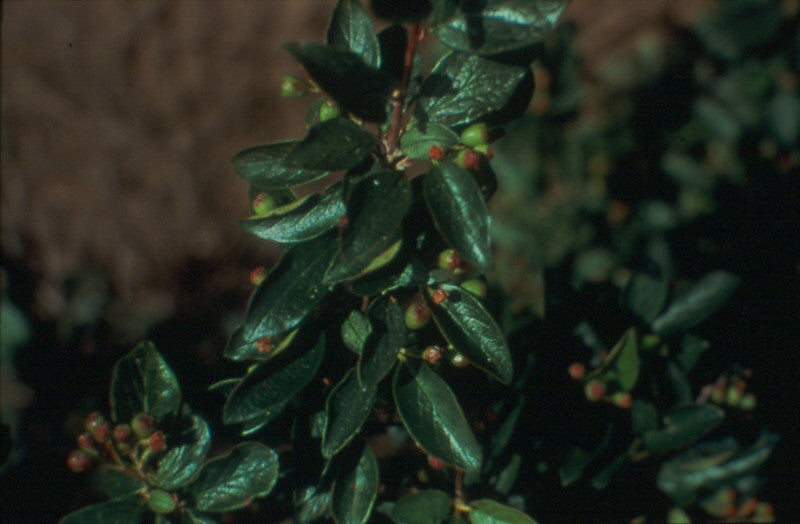Bareroot Plant Material
Peking Cotoneaster
Peking Cotoneaster
Couldn't load pickup availability
25 plants per unit
Peking Cotoneaster
Cotoneaster acutifolia, or Peking cotoneaster, is native to Mongolia, northern and western China and the eastern Himalayas. Introduced to this country in 1883, it has proven to be a very attractive small to medium shrub. Its mature height is 5 to 7 feet and is slightly taller than broad. Its slender canes grow up and out with a spread of 4 to 6 feet. Cotoneaster grows slowly at first, but after a couple years develops at about 12 to 18 inches per year.
Leaves, Stems and Fruit
Cotoneaster is appreciated more for its dark green foliage than its blossoms (photo). Leaves are located on alternate sides of the stem. They are 1 to 2 inches long and have smooth edges. The small flowers are white to pinkish. Three-eighths inch black berries ripen in September and persist through mid-winter.
Use
Windbreaks - Cotoneaster provides good ground level wind protection in windbreaks. Plant in an exterior row. It is especially attractive when planted in front of lighter colored plants.
Wildlife Habitat - Cotoneaster provides roosting and loafing cover for numerous song and game birds. Several songbirds, such as robin and catbird, eat the fruit.
Adaptation and Soil
Cotoneaster has adapted statewide and grows best in well drained, loose, moist, fertile soils but can grow fairly well in dry, poor soils.
Spacing
Space this shrub 3 to 4 feet apart.
Culture
One- or two year-old, bare-root seedlings, (10 to 14 inches tall) are used in conservation plantings. Controlling competing vegetation is critical in establishment.
Pests
Common pests include webworms, mites and leaf crumpler. Cotoneaster is occasionally infected by fire blight. Since fire blight is difficult to control, discourage the disease by planting in full sunlight and controlling weeds and other vegetation to provide good air circulation.



